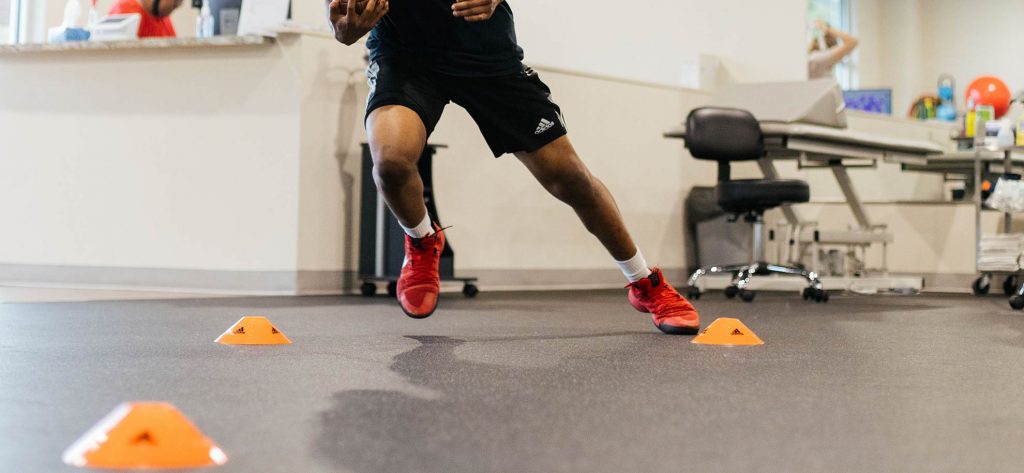Preventing Ankle Sprains Is A Balancing Act
Ankles sprains are the most common injury for physically active people. Each year approximately eight million people sprain an ankle — in fact ankles are the most commonly injured body part.

Until recently, the cause of ankle sprains was thought to be a matter of overstretched, traumatized ligaments. Taping or a brace joint is commonly used to relieve pressure on the sore tissue. But that thinking is simply outdated and not the most effective treatment for an injured ankle.
People with bad ankles have bad balance. When you damage your ankle, the neural receptors in your ligaments become damaged. Your brain stops receiving “reliable signals” from the ankle about how your ankle and foot are positioned on the ground. Your proprioception — your sense of your body’s position in space — is impaired. The injury has upset your central nervous system. As a consequence your balance is also off.
The recurrence rate for ankle sprains is at least 1 in 3 and as high as 8 in 10. Repeated ankle sprains can be avoided with balance training. Everyone is different, some never fully recover from an ankle injury and re-injure their ankles repeatedly. For others, the pain eventually dissipates.
Balance training can return the joint and its neuro-receptor function almost to normal. Wait until you comfortably can bear weight on the joint before starting balance training. Begin by testing the limits of your equilibrium. Do not attempt any rehabilitation program If you would not attempt these exercises when your ankle was healthy. Talk to your doctor or physical therapist before attempting any rehabilitation program.
Balance Training Exercises:
-
Stand in a doorway and put some weight on your injured foot while holding your arms out to your sides with your eyes open. If you feel unsteady, grab the door frame sides to help you. Balance for a long as you can, or for about a minute. Once you are able to do repeat this treatment with ease begin exercise number 2.
-
With your eyes open stand on your injured foot only and hold your arms across your chest. When you can do this for a minute, move on to exercise number 3.
-
Stand on your injured foot only, hold your arms out to the sides while in the door frame. Close your eyes, if you feel unsteady, grab the door frame to help you. When you can do this for a minute, try exercise number 4.
-
Stand on your injured foot only, hold your arms across your chest while in the door frame. Close your eyes and balance for as long as you can working up to a minute.